THE NEW YORKER THEATER
and Other Scenes from a Life at the Movies
THE NEW YORKER THEATER
and Other Scenes from a Life at the Movies
TOBY TALBOT
Columbia University Press  NEW YORK
NEW YORK
Columbia University Press
Publishers Since 1893
New York Chichester, West Sussex
cup.columbia.edu
Copyright 2009 Columbia University Press
All rights reserved
E-ISBN 978-0-231-51982-3
Library of Congress Cataloging-in-Publication Data
Talbot, Toby.
The New Yorker Theater and other scenes from a life at the movies / Toby Talbot.
p. cm.
Includes bibliographical references and index.
ISBN 978-0-231-14566-4 (cloth : alk. paper)ISBN 978-0-231-51982-3 (ebook)
1. Talbot, Toby. 2. Talbot, Daniel. 3. Motion picture theater ownersNew York (State)New YorkBiography. 4. New Yorker Theater (New York, N. Y.)History. 5. Motion picture theatersNew York (State)New YorkHistory20th century. I. Title.
PN1998.3.T3424A3 2010
791.43092dc22
[B] 2009019806
A Columbia University Press E-book.
CUP would be pleased to hear about your reading experience with this e-book at .
References to Internet Web sites (URLs) were accurate at the time of writing. Neither the author nor Columbia University Press is responsible for URLs that may have expired or changed since the manuscript was prepared.
For Dan
CONTENTS
This is a book about the love of cinema. You can find it on every page, in every photograph, and in every reproduction of schedules and ledgers and suggestion Guest Books.
Let me flash back to the year 1960, the year that Dan and Toby Talbot opened The New Yorker. At that time, love of cinema meant dedication to cinema. In a sense, the world was separated between people who liked to go to the movies to pass the time and people who went for the same reasons that lovers of dance would go to see a Balanchine performance, that lovers of literature would spend their weekends scouring the bookstores, that lovers of painting would mount the steps of the Metropolitan Museum or The Museum of Modern Art to commune with Tintoretto or Czanne.
The barrier between these two points of view was formidable. I was eighteen years old in 1960, and believe me, the idea that movies were to be taken seriously was a minority opinion, at least in my world. You would get it from all sides. The people around you would laugh when you were affected too deeply by a picture. Devotees of literature and the fine arts, when you had occasion to run into them, would scoff at the idea of cinema as an art form. And even certain people who did take it seriously would single out a few masterpieces (little if anything at all from Hollywood apart from Citizen Kane and some Chaplin films) amidst a sea of junk, and claim that it was an art form that had yet to realize its potential. I suppose this is the way it always goes when attitudes change.
And thats what made it exciting. I knew what I was seeing up there on the screen, what I was feeling there in the theater. The fact that it was almost a secret, something special, something that was shared by just a few people, made it even more powerful.
When I left home to go to school at NYU, the actual distance was negligible, just a few city blocks. But it also felt vast, like crossing the ocean. When I got there, I met other people who shared my love of film. We would go see everything. We would look at everything new from all around the world, and we would also look at older pictures with new eyes, pictures we always loved, by people like Hawks and Hitchcock and Lang and Ford. It was all part of the same momentBreathless and Scorpio Rising and The Searchers and The Band Wagon and Shadows and Before the Revolution and Vertigo and 8 1/2 and High and Low. We would congregate at the Thalia or the Bleecker Street Cinema or The New Yorker, and at the first- and second- and third-run theaters all over town. Every new screening, no matter what quality the print was, whether it was a new picture or one wed already seen dozens of times, was some kind of affirmation. These moving images projected up there on the screenthis was who we were. It was what we wanted, and somehow, in a way we couldnt even begin to articulate, it described the world as we saw it. I could imagine how it must have felt to be present at the unveiling of Rembrandts The Night Watch or Piero della Francescas frescoes in Arezzo, but I knew what it felt like to watch Antonionis LAvventura for the first time, and then leave the theater and walk into what seemed to be an altered world.
Even during that precious time, The New Yorker was a very special place. It was a place of communion, where the customers, the owners, the programmers, and the filmmakers all seemed to be part of the same family. Dan and Toby were right there on the front lines, showing films, making films, distributing films, sticking their neck out on pictures by Godard and Bertolucci and Fassbinder and Straub and Huillet and Oshima and Sembene. Reading this book is a little like reading a legendary tale. Something was created in those years, a real consciousness of cinema. Dan and Toby were right there at the center of it all.
The New Yorker is gone now. So are the Metro and the Cinema Studio. So, sadly, is New Yorker Films. And that time is also gone, passed into history. But the spirit of the time is very much alive. Anyone who lives in America and cares about cinema and its history, no matter how old or young, owe something to The New Yorker and to Dan and Toby Talbot. Once youve read this marvelous book, youll understand why.
I want to thank Jennifer Crewe, Associate Director and Editorial Director of Columbia University Press, for her encouragement, and Bruce Goldstein and my copyeditor Roy Thomas for their attentive reading of the manuscript. And, always, our daughters: Nina, Emily, and Sarah.
What kind of work is running a movie house? my father-in-law asked. Who knew? Not us, until we opened the New Yorker. It ran through the sixties and early seventies: a golden age in cinema, turbulent in politicsFrench New Wave on our screen, 68 uprisings at Columbia University. An Upper West Side hub became, as Bernardo Bertolucci dubbed it, a kind of wild cinema university, like Henri Langloiss Cinmathque in Paris. We were young film buffs, learning as we went. Not knowing where we were going. The theater is gone, but its marquee still glimmers in my mind. As we shaped it, it shaped us. Movies, moviegoers, our own lives unspooled on one ongoing reel. The New Yorker became our anchor, where time and place converged. I thought it would go on forever.
What were we up to before that venture? Flashback to June 1958: One fine morning, with two small daughters and twelve cartons of Beech Nut baby food, we picked ourselves up and headed for Spain. Torremolinos, Marbellawhat voluptuous names. The S. S. Guadalupe sat anchored at a downtown West Side pier. Dans Aunt Yanka, a refugee diva from Warsaw, sent me off with a gauzy white nightgown, like that bestowed at a bridal showerit kind of felt like a honeymoon. Dans parents had a glum look. It was their daughter-in-laws idea, scheming Spanish professor and translator, to lure their son abroadthats what they thought. Dan, in fact, employed as Eastern Story Editor for Warner Bros., yearned to escape the nine-to-five world. As a child, when I got headaches my mother claimed I read too much. And when sad, that I thought too much. At our departure, she declared: Thats the craziest thing I heard in my life.
The ship, owing to low tide, didnt budge for hours, reluctant it seemed to depart. We were the only American passengers on a rickety vessel minus ballast, along with some pensioners returning to spend their golden years in
Next page
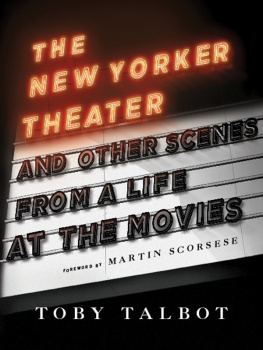
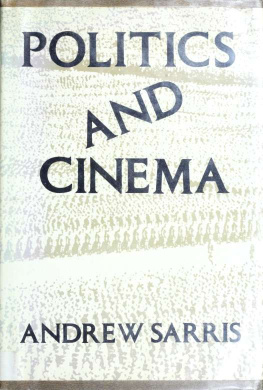

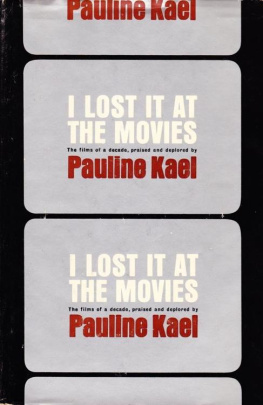
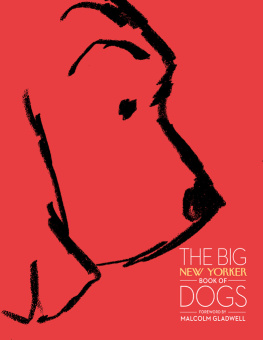
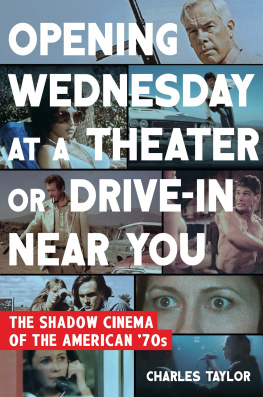
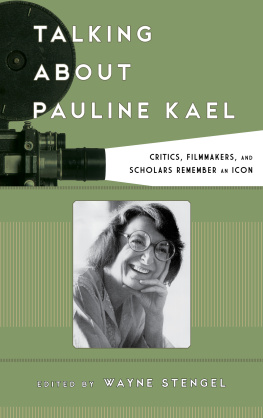
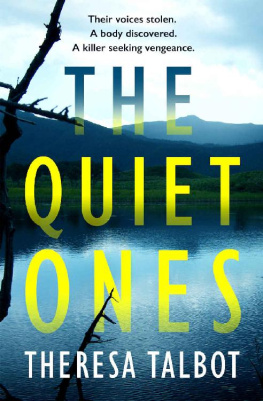
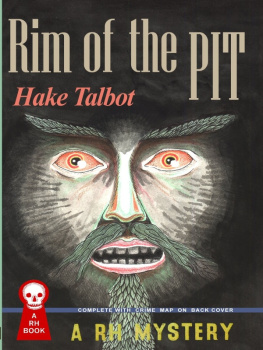
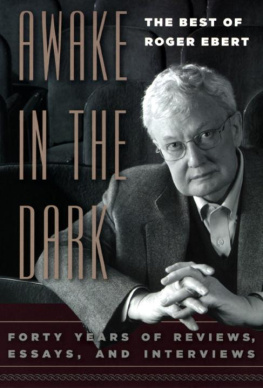
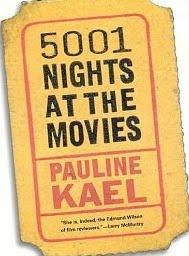
 NEW YORK
NEW YORK